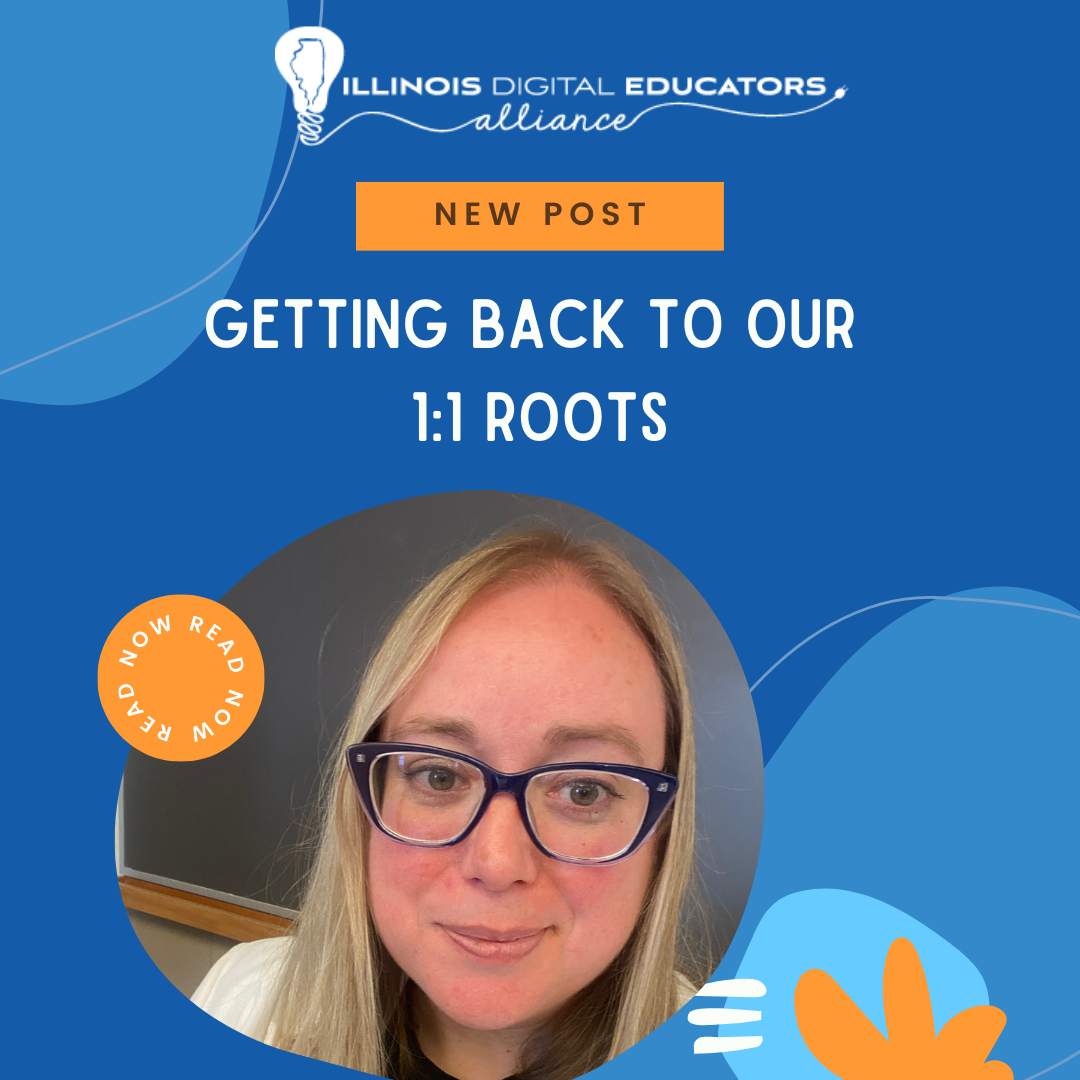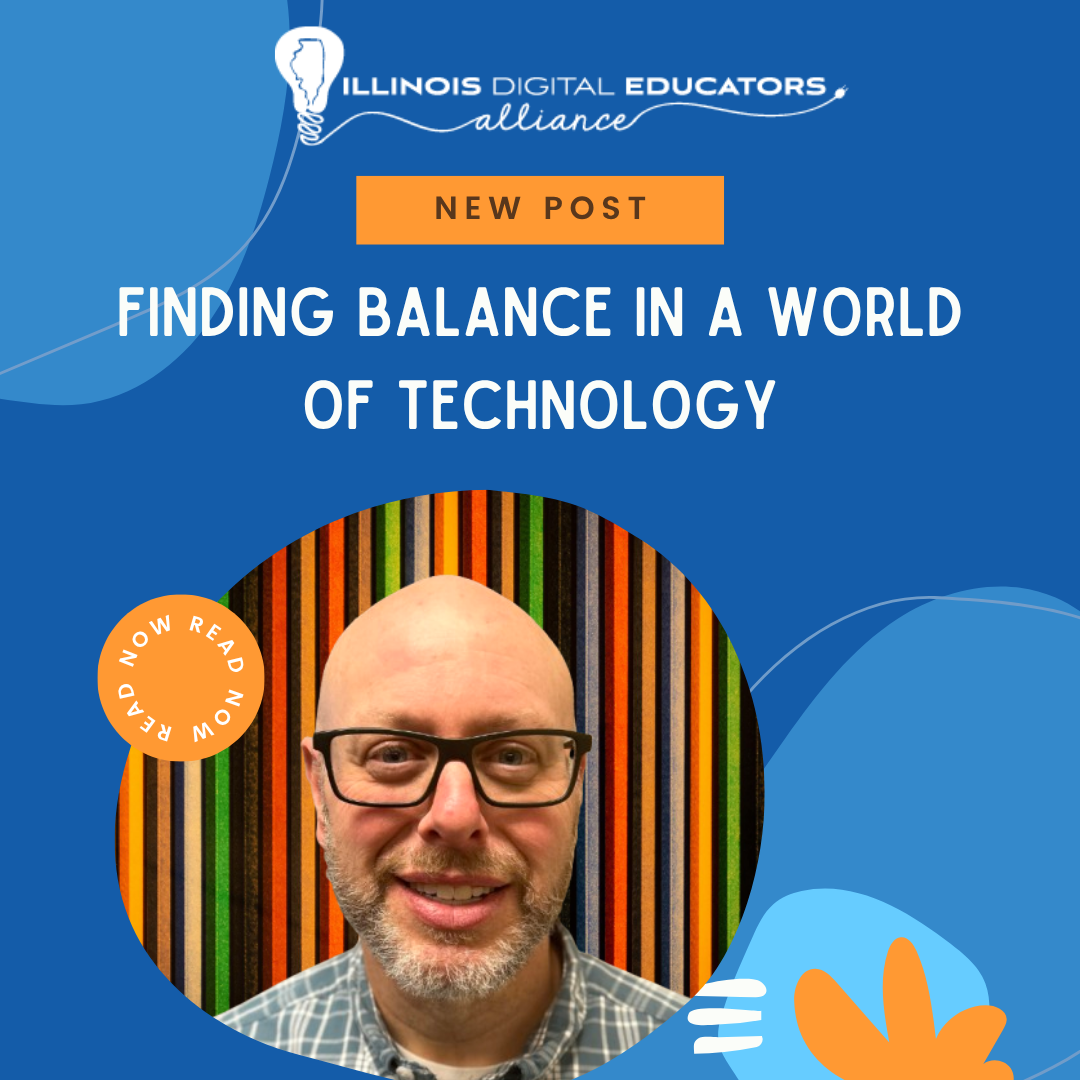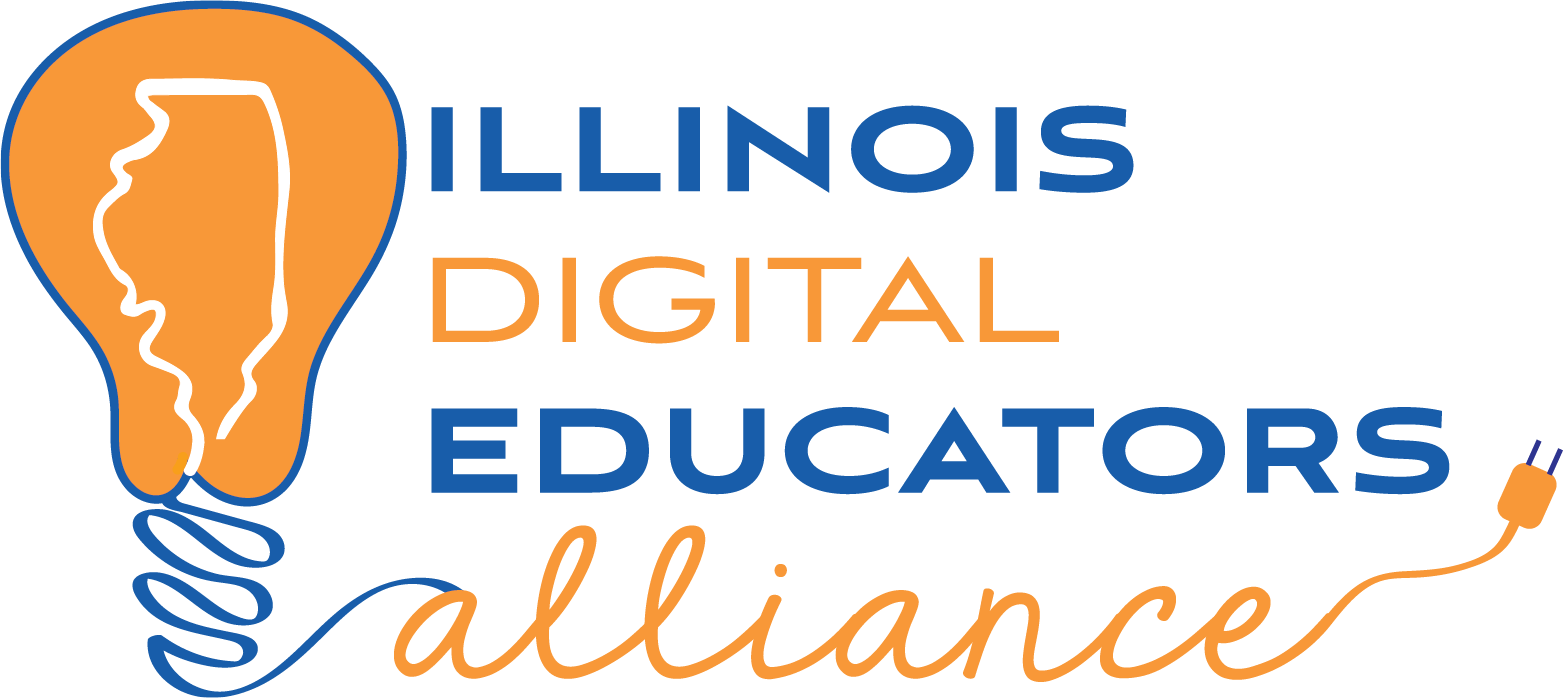Amplifying Student Voice in the Age of AI
The fast-changing evolution of AI is inevitably reshaping the educational landscape, bringing both exciting possibilities and crucial questions about how we foster authentic learning. In an era where AI can generate text, images, and even video with increasing sophistication, how do we ensure students are truly engaging in thoughtful creation and demonstrating genuine understanding? Where do we find AI-resistant solutions?
Video learning, particularly through platforms like
WeVideo, can stand as a powerful AI-proof method for amplifying student voice, nurturing originality, and showcasing learning outcomes that are undeniably their own.
Why AI Makes Us Rethink Learning

The rise of AI tools presents a unique challenge to traditional assessment and creative expression. If an essay can be largely AI-generated, how do we evaluate a student's critical thinking? If an image can be conjured with a prompt, what becomes of their artistic interpretation? While AI offers incredible potential for personalized learning and access to information, it also necessitates a renewed focus on skills that AI cannot replicate: genuine creativity, critical analysis, personal perspective, and the nuanced articulation of original thought. This is precisely where video learning shines.
Video: Where Learning Comes to Life
Video, as a medium, demands a multi-faceted approach to learning and expression. It’s not simply about recalling facts; it’s about synthesizing information, crafting a narrative, making intentional visual and auditory choices, and presenting a cohesive argument or story. When a student creates a video, they are engaged in a process that inherently requireshigher-order thinking skills. They must plan their content, script their ideas, consider their audience, and then execute their vision through editing, narration, and visual elements. This active construction of knowledge stands in stark contrast to the passive consumption or automated generation of content.
Consider the difference between an AI-generated written report on a historical event and a student-produced video documentary. While the AI report might present accurate information, the video project allows the student to voice their own interpretation, to choose video or images from WeVideo’s expansive education-safe
stock media library
that represent how they picture the event, to interview "experts" (peers, teachers), to use audio (also available in the stock library) to evoke emotion, and to craft a narrative arc that reflects their unique understanding. The process of making the video itself becomes a learning experience, forcing them to engage with the material on a deeper, more personal level. This is the essence of amplifying student voice – allowing them to express their learning in a way that is distinctly theirs.

WeVideo: Fostering Student Creativity
WeVideo, an interactive video learning platform, empowers students to embrace this creative process with intuitive tools and a user-friendly interface where they can bring their ideas and learnings to life. Imagine a science project where students explain a complex biological process through animated diagrams and their own voiceovers, demonstrating not just knowledge but also pedagogical skill. Or a literature class where students adapt a scene from a novel, stepping into the characters' shoes and exploring themes through their own directorial vision. Or a collaborative research project where student teams investigate the evolution of a technological advancement (i.e. the history of AI, enabling them to learn about AI without using it directly in their projects). Or creating video-based public service announcements for the school. These aren't just assignments; they’re opportunities for students to become creators, communicators, and critical thinkers.
Explore more:
See real-life student video examples in WeVideo’s
Student Showcase.
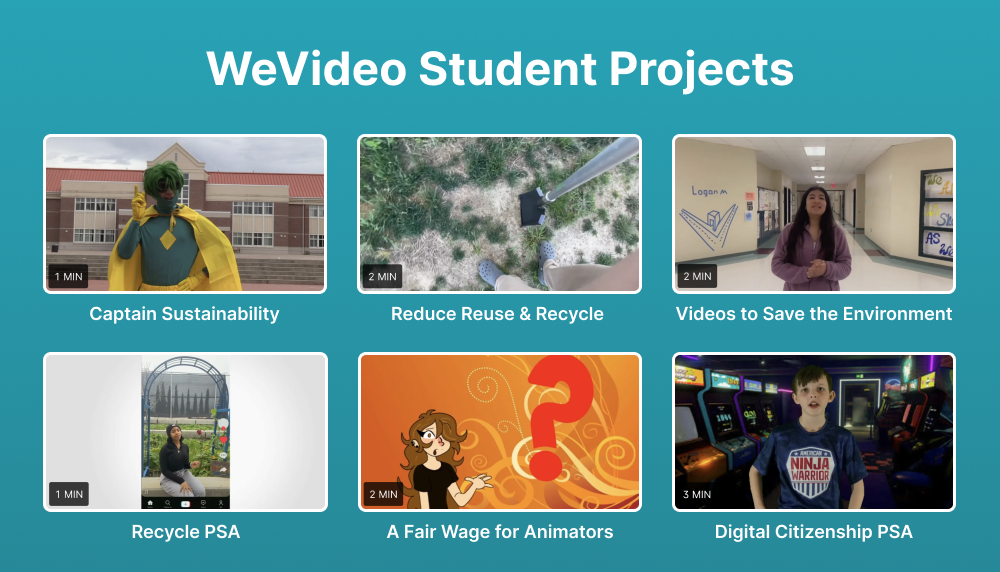
Furthermore, video learning inherently fosters originality. When students are asked to create a video, they are tasked with developing a unique perspective and a personal approach to the topic. There's no single "right" way to make a video, encouraging diverse interpretations and innovative solutions. This contrasts sharply with the often singular, fact-based output of many AI models. The individual quirks in a student-made video are precisely what make it genuine and demonstrate their unique learning journey. It's a tangible artifact of their thought process, a testament to their efforts, and a clear demonstration of genuine learning outcomes.
Encourage Authentic Expression in a Collaborative Setting
Beyond individual creation, the power of video truly blossoms in collaborative settings. Imagine a classroom where students don't just submit their video assignments to the teacher, but also share them with their classmates. WeVideo’s newest feature, ClassFeed, facilitates this by allowing students to easily upload their video projects and then view and respond to their peers' work with feedback. This creates an engaging learning environment where students become active participants in each other's learning journeys.
Seeing how a classmate approached the same topic can spark new ideas, challenge existing perspectives, and encourage students to refine their own expressions. This peer-to-peer learning fosters a deeper sense of authentic expression because students are communicating not just to an instructor for a grade, but to a genuine audience of their peers. The act of giving and receiving constructive feedback cultivates critical thinking and communication skills, pushing students to articulate their thoughts clearly and respectfully. Original ideas flourish as students are inspired by, and build upon, the unique voices of their classmates.
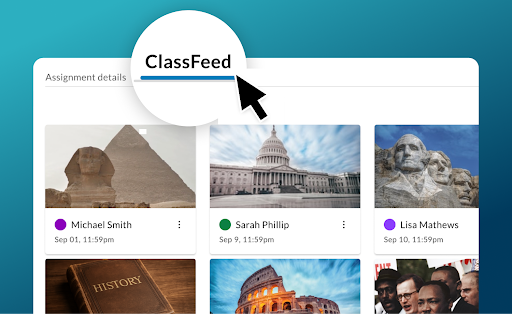
Ready for the Future
In the age of AI, the ability to communicate effectively, to think critically, and to create original content will be more valuable than ever. By providing students with the tools and opportunities to express themselves through video, we are equipping them with essential 21st-century skills that are inherently "AI-proof." We are nurturing their creativity, fostering their individuality, and enabling them to demonstrate genuine learning outcomes with thoughtfulness and creation at the forefront.
Ready to see how your students can find their voice? Explore
WeVideo's resources for educators and start your journey toward more authentic, creative assessment.
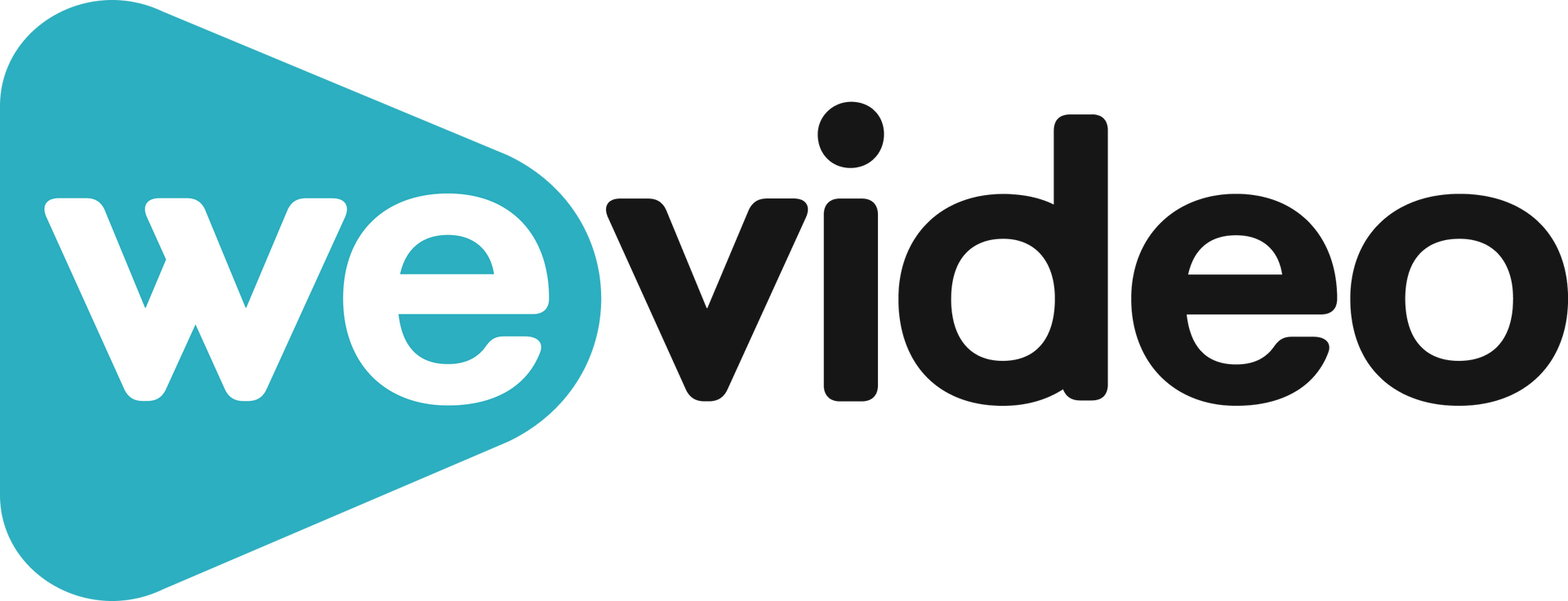
WeVideo is an all-in-one video learning platform designed for active learning in the classroom. Our cloud-based, easy-to-use video editing tool empowers students to bring their voices to life through multimedia storytelling. Our interactive video maker, along with AI Assist (reserved only for teachers), helps educators create dynamic, instructional content that engages and assesses student understanding.
To experience the creativity, collaboration, and deeper learning that WeVideo brings to your school or district, reach out to our WeVideo team at
https://www.wevideo.com/contact-sales.

